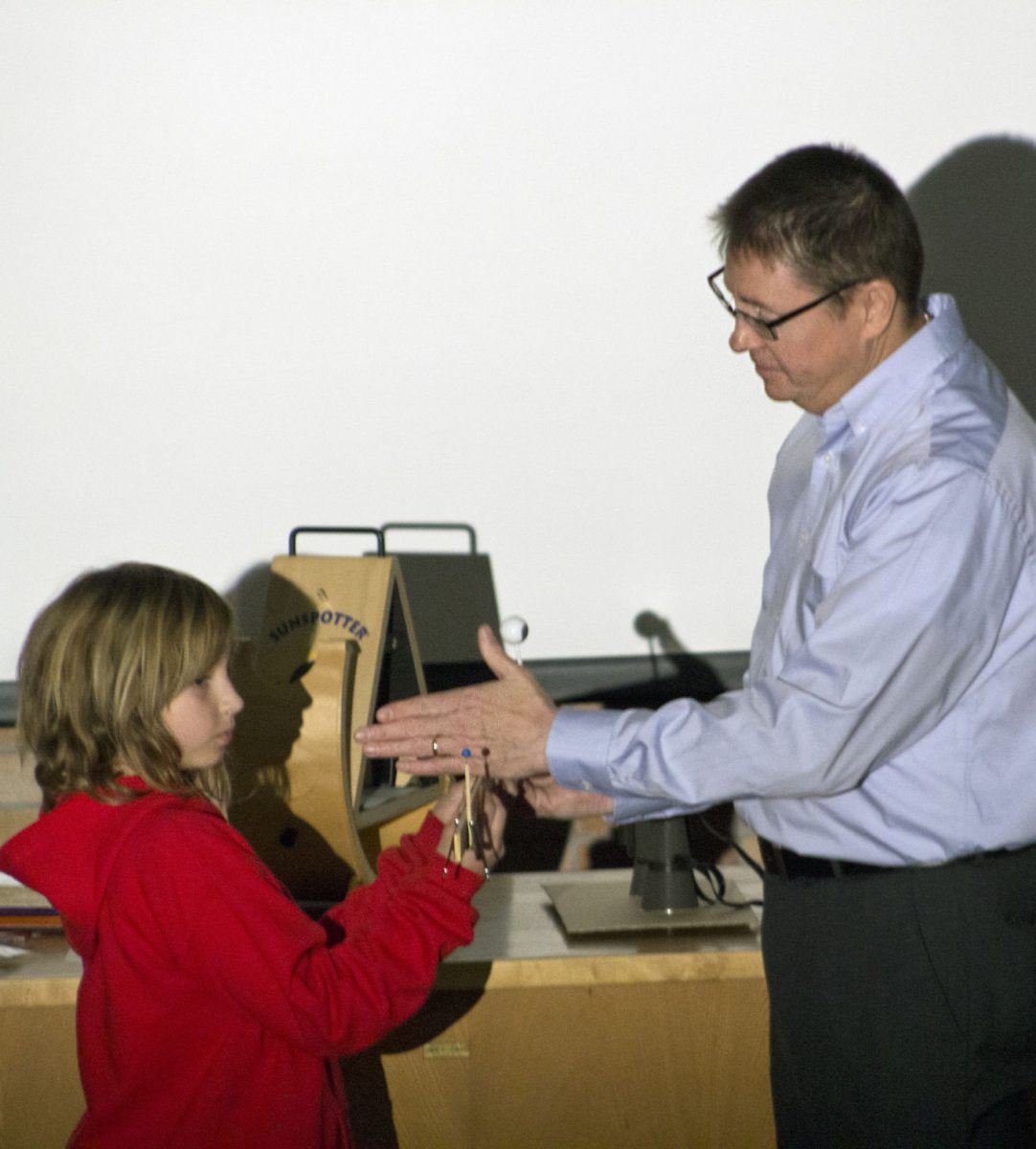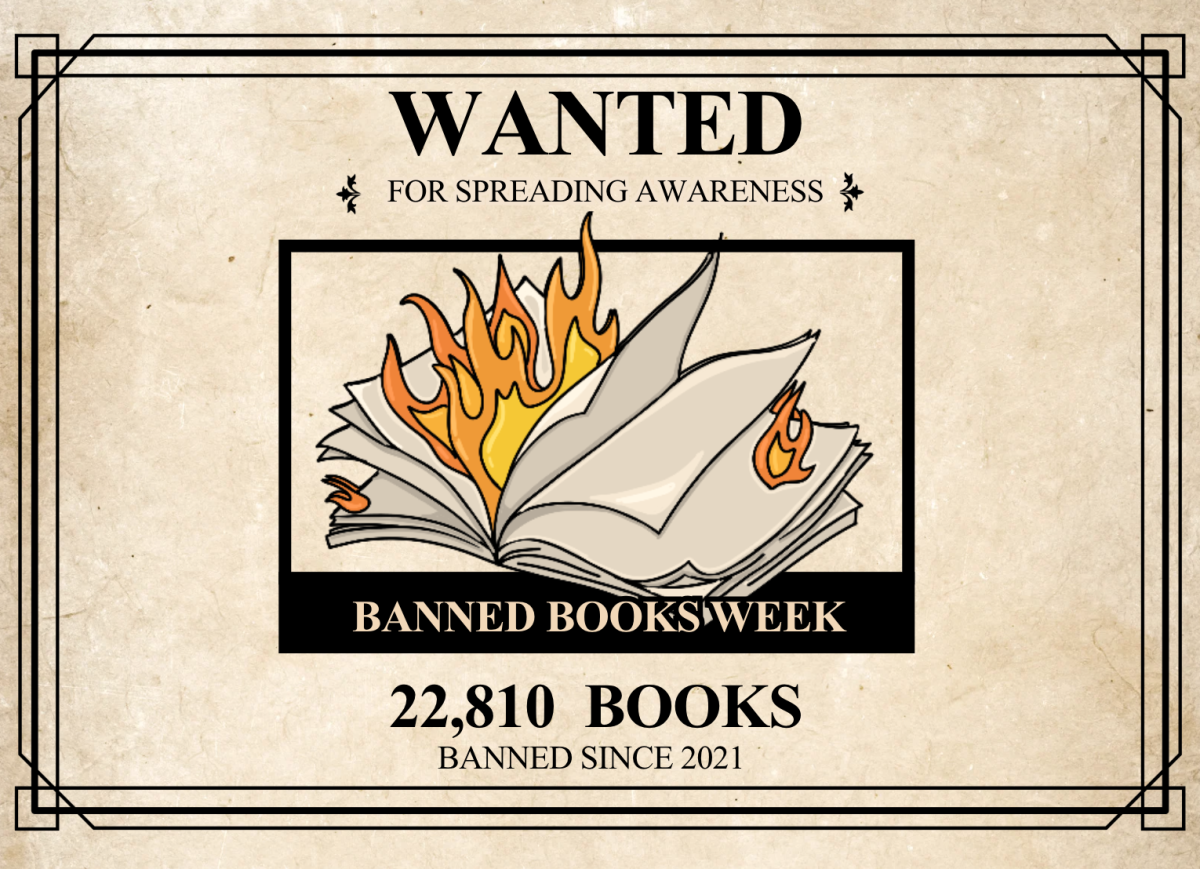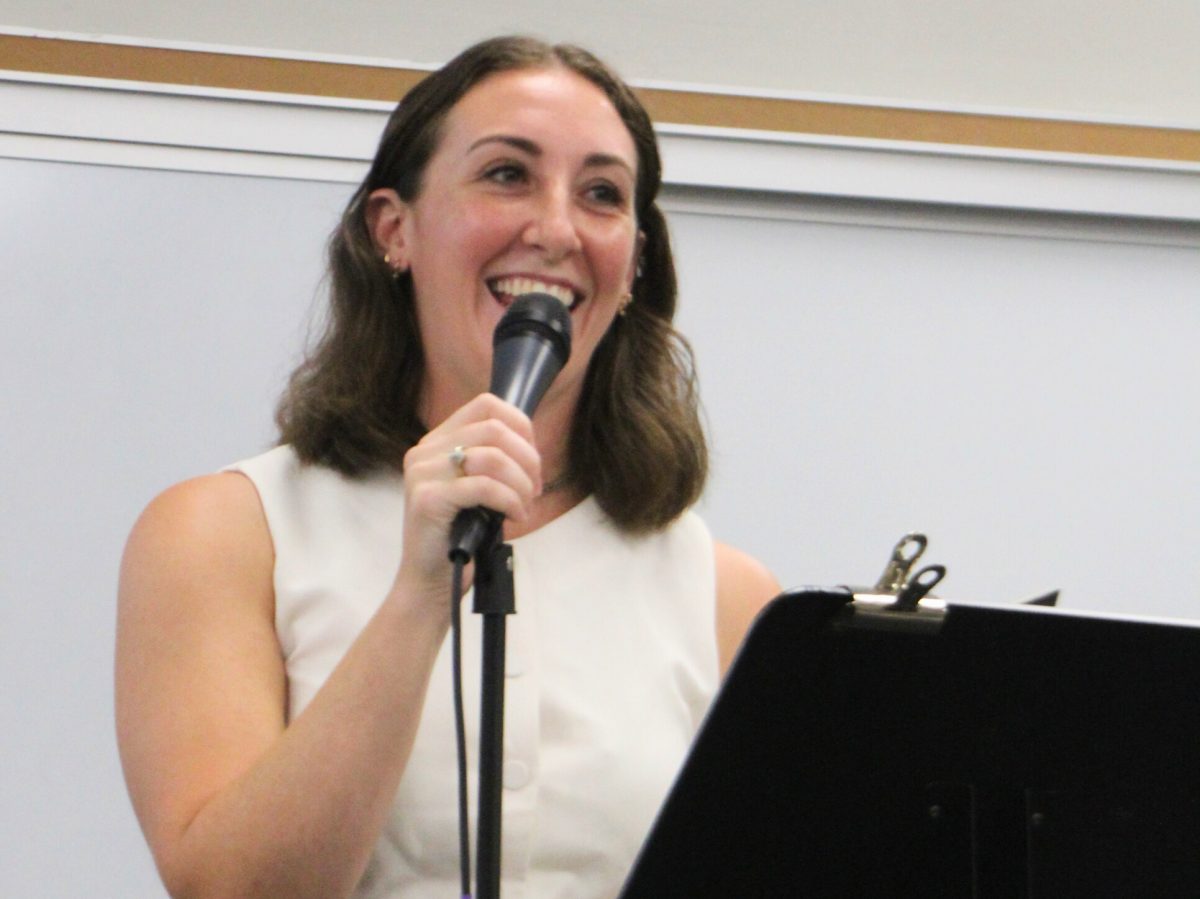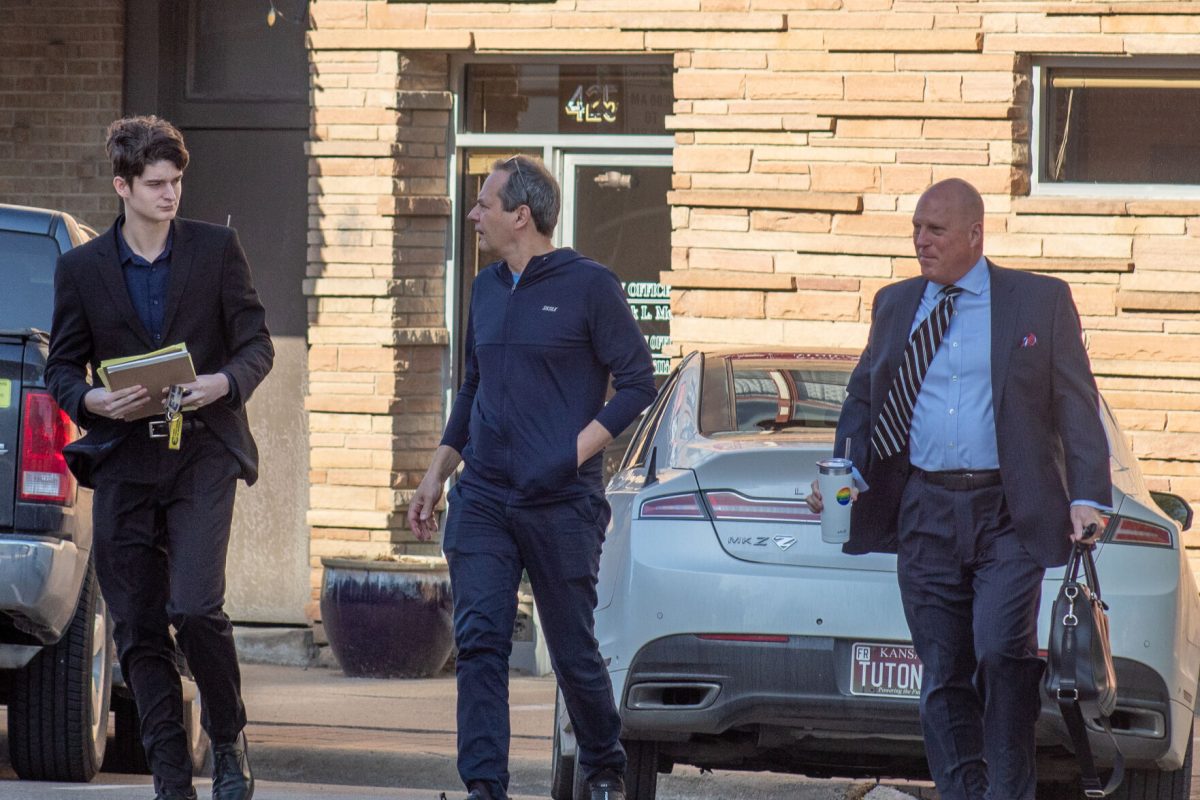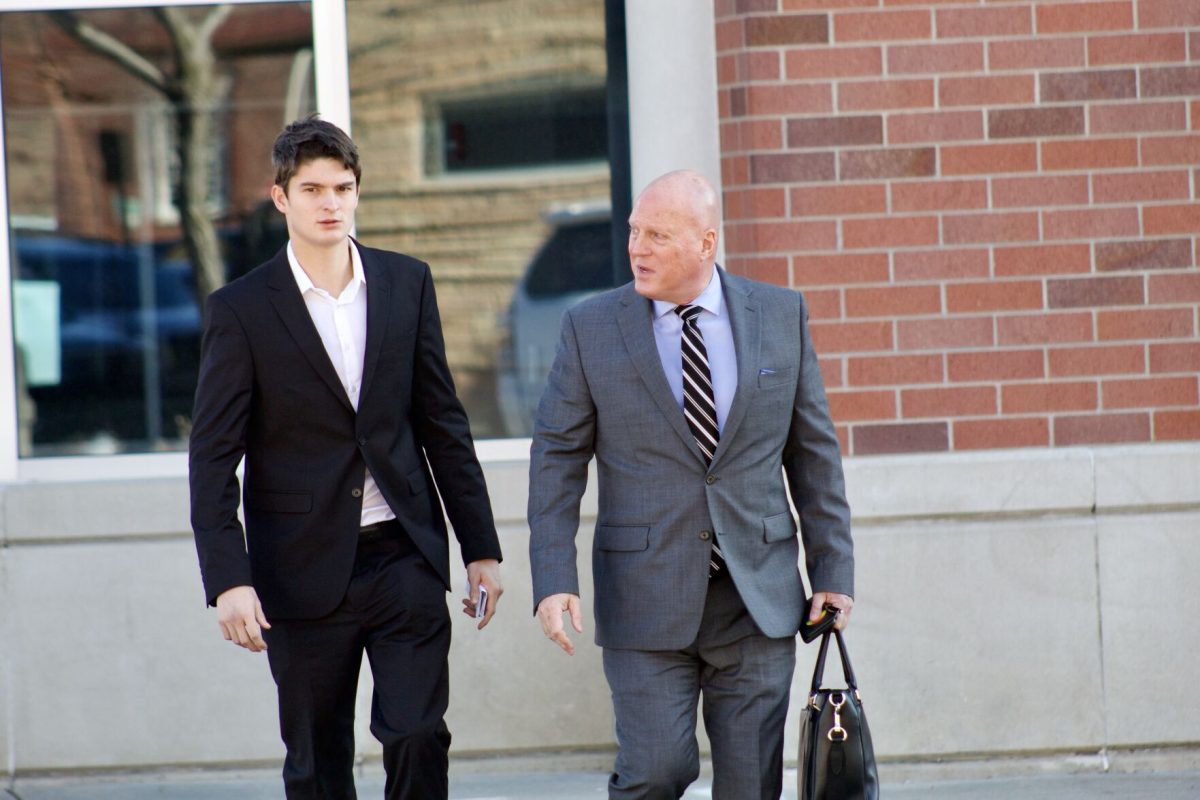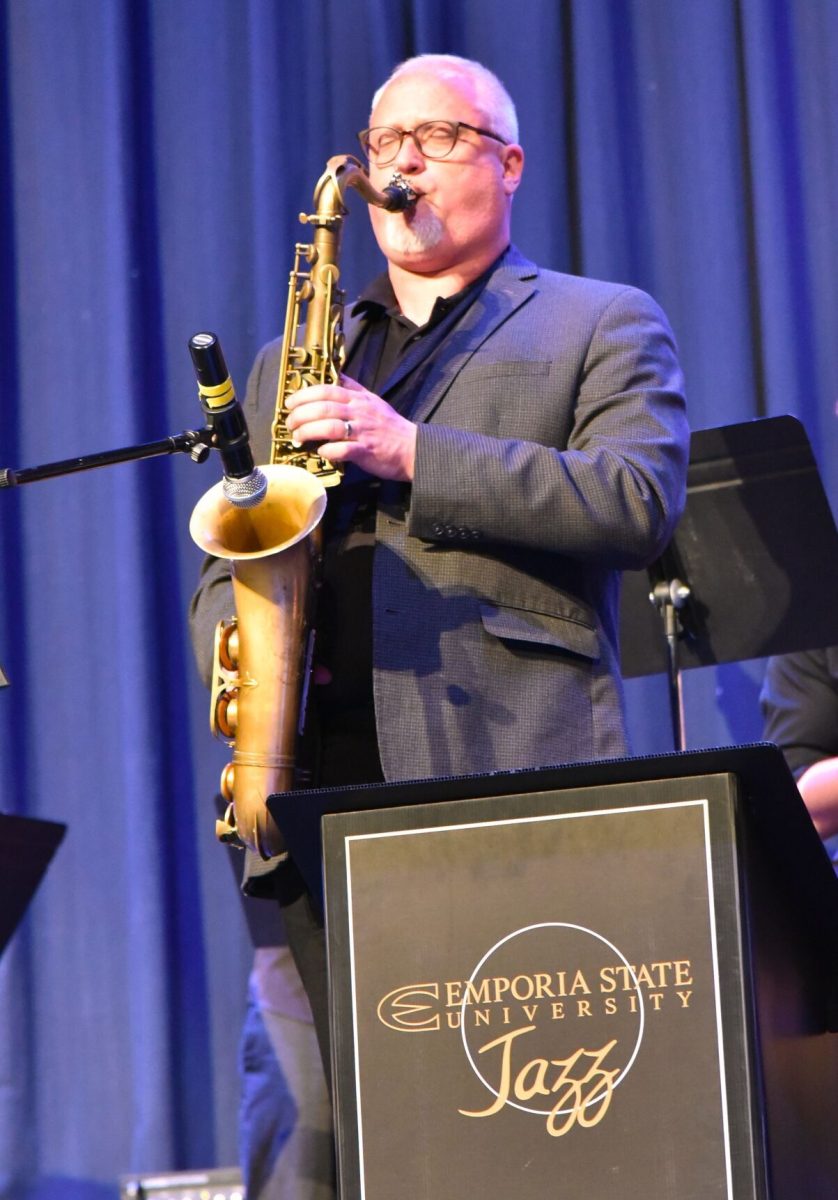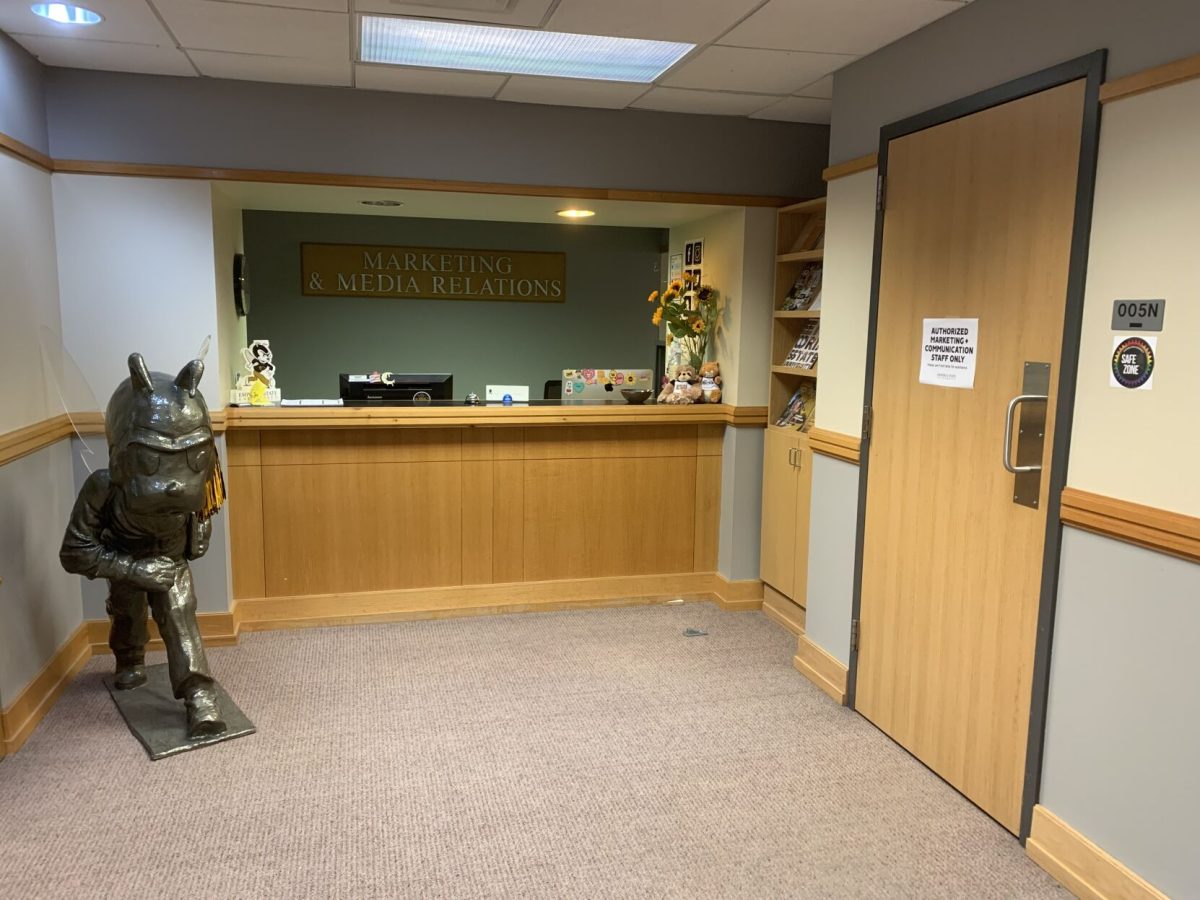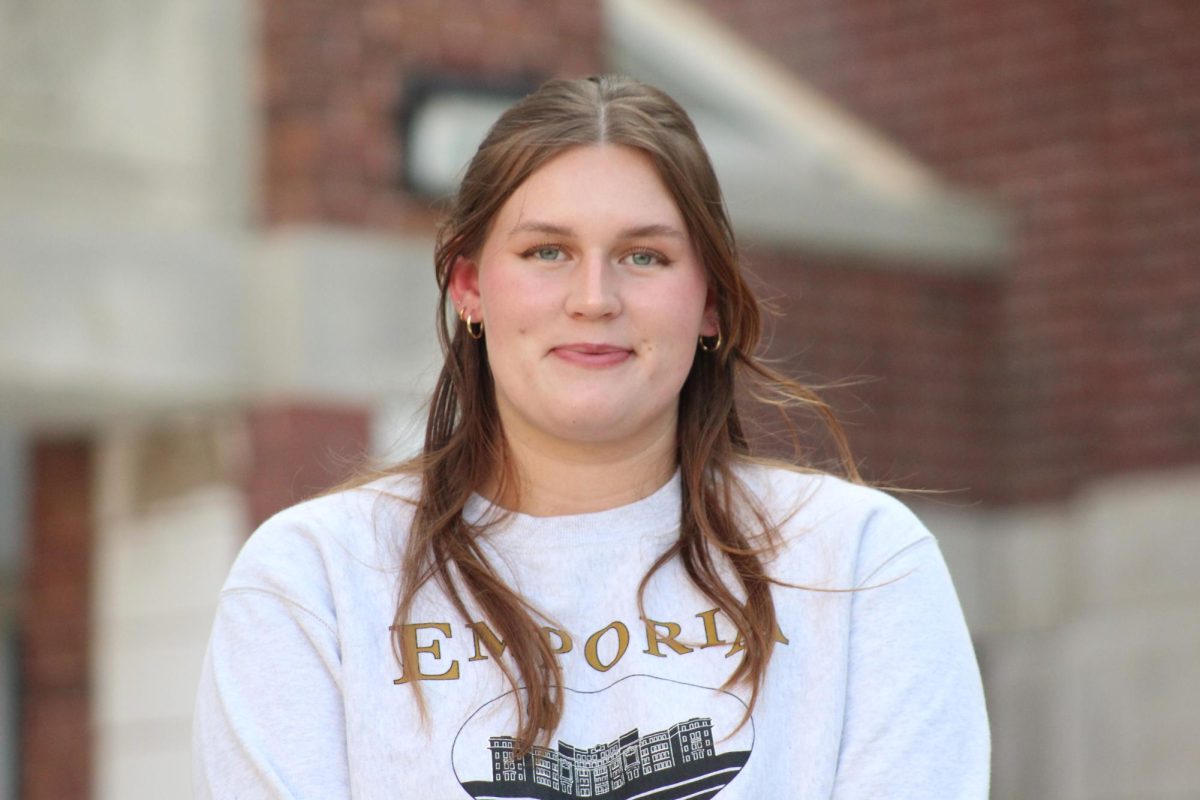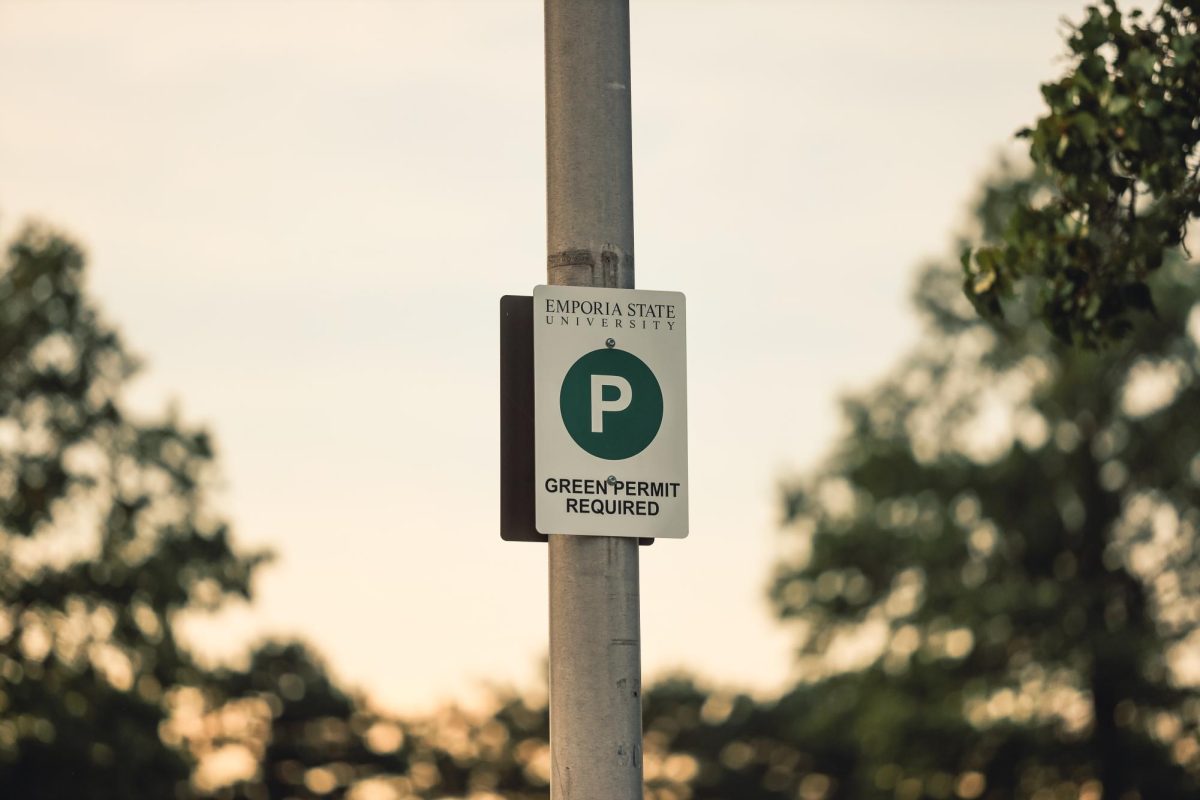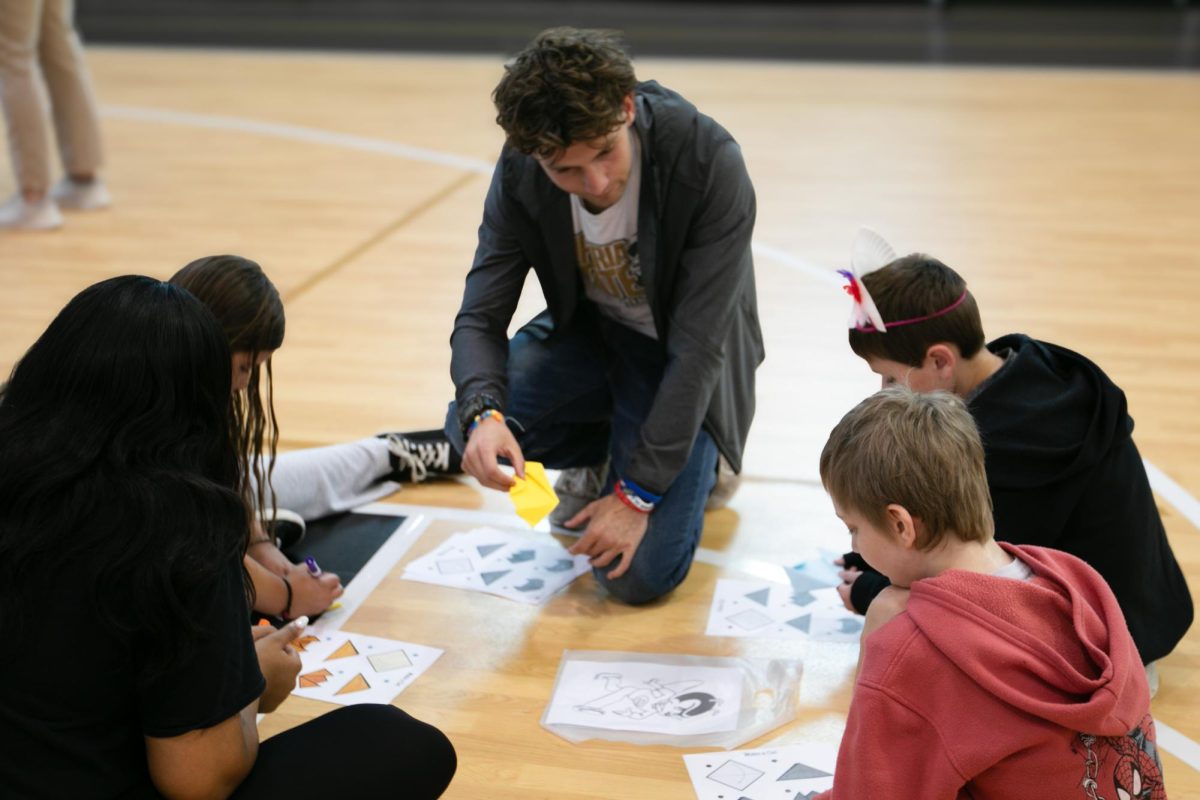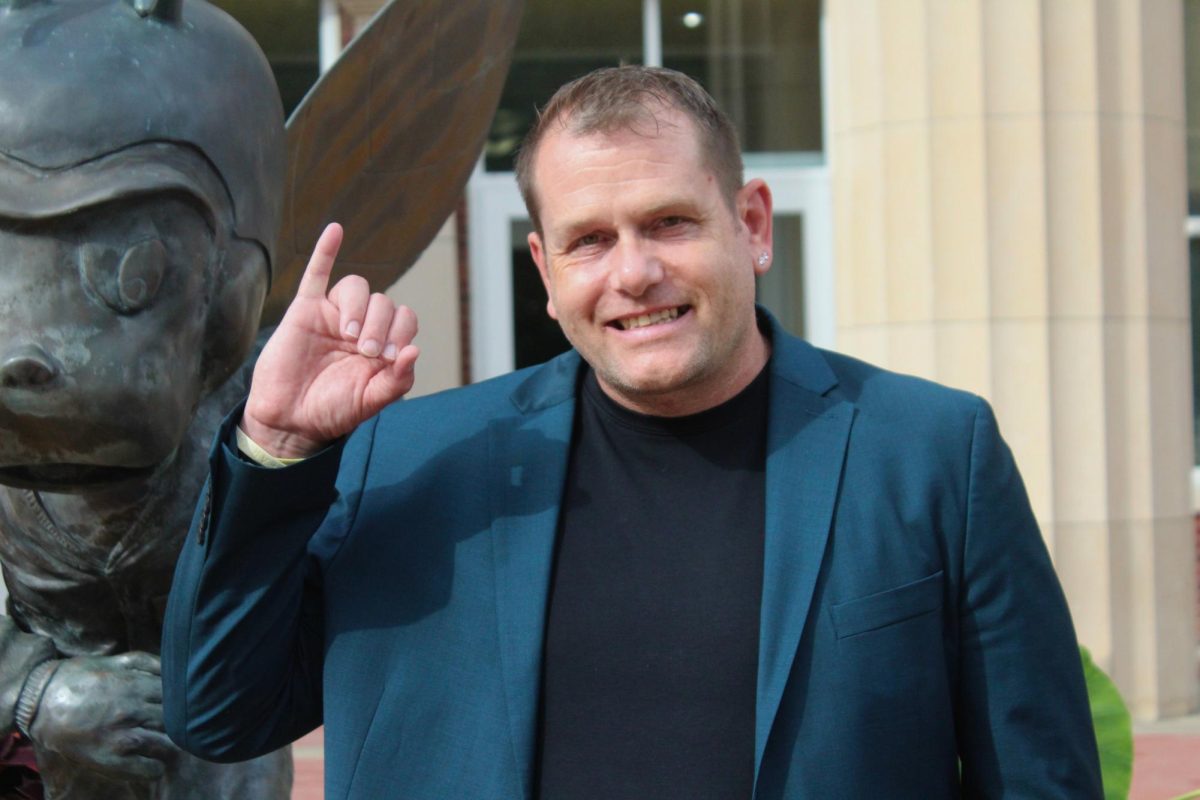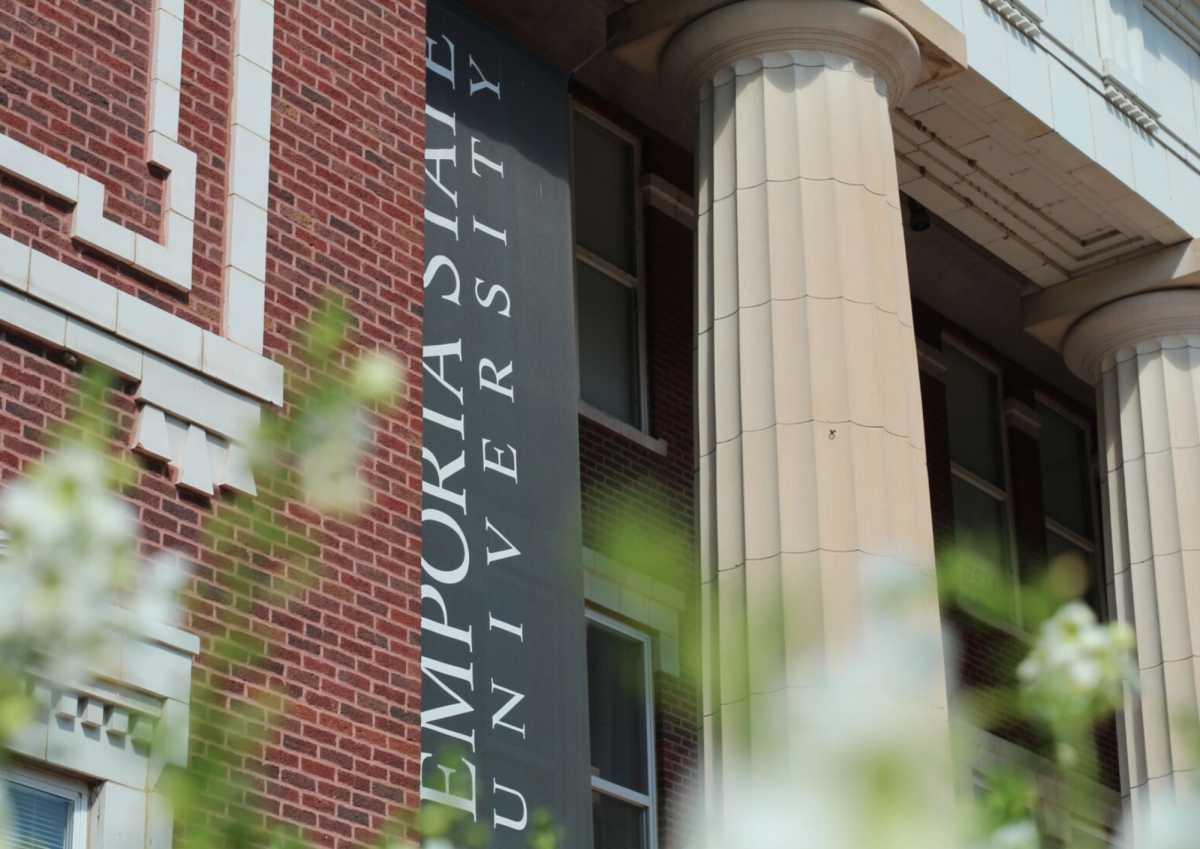Around 80 attendees listened to Mark Brown, Emporia native, astronomer and astrophotographer, speak last Thursday in the Science Hall about basic information of eclipses, their history and safety precautions when viewing them. The American Total Solar Eclipse will take place around 1 p.m. August 21.
The audience learned about direct and indirect methods of viewing the eclipse, including how to create homemade objects for indirect observations.
“There are no pain receptors in the back of the eye,” Brown said. “So when you look, at a partial eclipse, it is going to damage the cones and rods, or photoreceptors, in the back of the eye. You won’t know for several minutes or hours or the next day that you have permanent blindness.”
The science and math center have special safety glasses available for students and attendees of the lecture. The glasses will also be distributed at the “Intro to Telescopes and Astrophotography Techniques” lecture by Brown at 6:30 p.m. on April 20th, Science Hall room 72 followed by the Public Star Party by the Peterson Planetarium the next day.
Emporia Welder Supply confirmed they will be offering #14 welder’s glass, a glass safe for directly viewing the eclipse, for sale leading up to the eclipse.
“The last time a total solar eclipse to touched U.S.soil was back in 1979…and the last time Kansas has experienced a total eclipse was the year 1918,” Brown said.
Brown has been preparing for the eclipse since 2003.
The next time a total solar eclipse will touch Kansas will be 2169, Brown said.
Kansas towns that will be able to see a total eclipse include Atchison, Leavenworth and northern Kansas City,
Adegboyega Jolaymi, attendee and first year graduate student in forensics science, has seen a partial eclipse.
“In my country, we would just look at it shielding our eyes,” Jolaymi said. “Nobody ever told us about any precautions.”
Jolaymi took extra safety glasses for his friends at home.
A link for the full video of the lecture can be found at emporia.edu/planetarium.

